City Magic
I have a love-hate relationship with “urban fantasy.”
On the one hand, I love cities. I think they are magic by their nature. When I was a little kid, we lived in Buffalo, New York. I could walk, on my own, to school, to ballet class, to the stores (especially Herzog’s Drug Store which had orange creamcicles), to the movie theater (saw Godzilla vs. The Thing at the Granada before I was 8. Life was good), to Parkside’s Ice Cream (which had peppermint stick ice cream, the only substance known to humanity better than an orange creamcicle). Okay, at the time, Buffalo was collapsing along with the steel industry, but when you’re a kid you don’t notice these things.
We spent summers at the family property in the country. Fresh air, hills to climb, a creek to splash around in and fossils to hunt on the rocky banks, big patches of raspberries. Mom telling me to get outside, which invariably led to me climbing a hill with a book and my lunch so I could sit and read.
Then we moved to Trenton, Michigan, to a street that was like all the other streets around it, that is, it was block after block of houses. I could walk to school, and home, and past block, after block after block of houses. Even on your bike, it was forever to anywhere. It was safe (it was also a complete monoculture), the schools were good. I was BORED.
So, for me, urban fantasy should have the emphasis on “urban.” A lot of urban fantasy is about vampires and werewolves and wizards who happen to live in a city. For me, if you’re going to have magic and magical beings in a city, they, and their magic should be related to the city. It should grow out of that envirnment. It should be filled with the mysteries and influences you can only find in the cities, that tumult, confusion and combinations and places that cities possess. That was one of the things I was aiming for in my Chicago in BAD LUCK GIRL, and the Halfers.
The Halfers are city dwellers. Some of them are immigrant ghosts and legends, carried by beliefs and dreams to their new world city homes. Some of them are the result of magic, used and disregarded and left loose on the streets to animate…whatever it finds. They are creatures of tin and paper, electricity, even iron. They are not loved, they are not respected. They are new and they are confusing to some of the older powers that exist in the world, particularly the Seelie and the Unseelie Courts who like things…well-defined. Pure. Familiar. Controlled.
I wanted the Chicago magic to be a chance to explore the contradictions of both the magic and the city. In modern history, in Chicago History, things are always changing, the new and the strange is always moving in, and the results are frightening, confusing, surprising.
Magical.
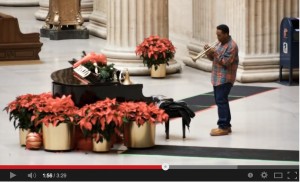
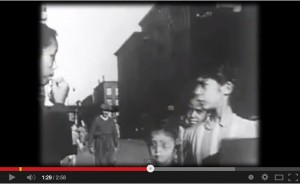
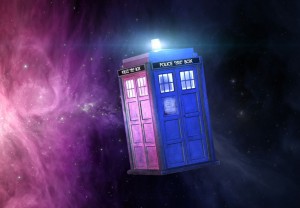 NO MORE TIME TRAVEL THAN STRICTLY NECESSARY PLEASE
NO MORE TIME TRAVEL THAN STRICTLY NECESSARY PLEASE FRIENDSHIP
FRIENDSHIP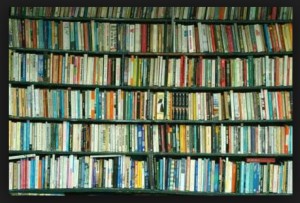 I belong to the Subculture of the Book. In my culture, books are not just containers for words, they are prizes, trophies, and they come with bragging rights. I have had whole conversations with friends about how many books we own, how many new bookshelves we’ve had to buy; the problem of trying to squeeze one more bookshelf into a small house or apartment; how many individual volumes we own and whether they’re double stacked on those shelves. We bemoan the difficulties of book storage and management in that particular way that is really kind of closer to bragging than actual regret. And we always buy more books. The size of your To Be Read pile is a big part of the Subculture of the Book.
I belong to the Subculture of the Book. In my culture, books are not just containers for words, they are prizes, trophies, and they come with bragging rights. I have had whole conversations with friends about how many books we own, how many new bookshelves we’ve had to buy; the problem of trying to squeeze one more bookshelf into a small house or apartment; how many individual volumes we own and whether they’re double stacked on those shelves. We bemoan the difficulties of book storage and management in that particular way that is really kind of closer to bragging than actual regret. And we always buy more books. The size of your To Be Read pile is a big part of the Subculture of the Book. I’m reading a Big Book. Seriously. This thing is big. Douglas-Adams-space-metaphor-level big. Over 1300 pages long.
I’m reading a Big Book. Seriously. This thing is big. Douglas-Adams-space-metaphor-level big. Over 1300 pages long.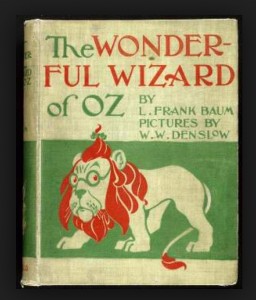 I am an Oz geek. I am not ashamed to admit it. I quite literally grew up on the Oz books. I learned to read out of The Wizard of Oz. I had a babysitter, the teenage daughter of family friends, who had a bunch of the Baum sequels and whenever she came over to sit, or we went to their house to visit, those books were open. When she went away to college, she gave them to me, and I still have them. I’m now reading them to my son.
I am an Oz geek. I am not ashamed to admit it. I quite literally grew up on the Oz books. I learned to read out of The Wizard of Oz. I had a babysitter, the teenage daughter of family friends, who had a bunch of the Baum sequels and whenever she came over to sit, or we went to their house to visit, those books were open. When she went away to college, she gave them to me, and I still have them. I’m now reading them to my son.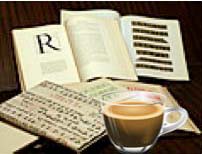 Writers are famous for complaining about their jobs.
Writers are famous for complaining about their jobs.